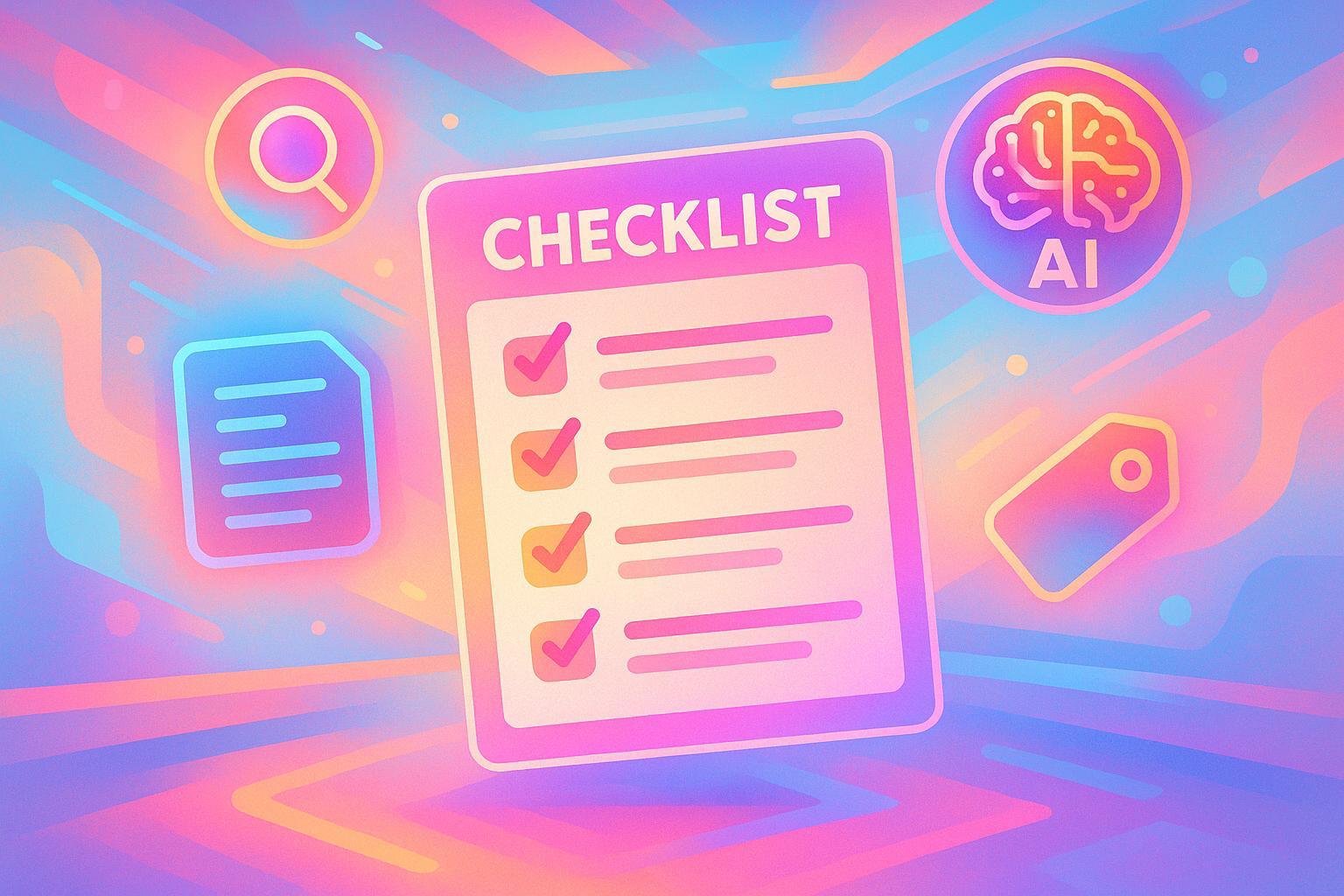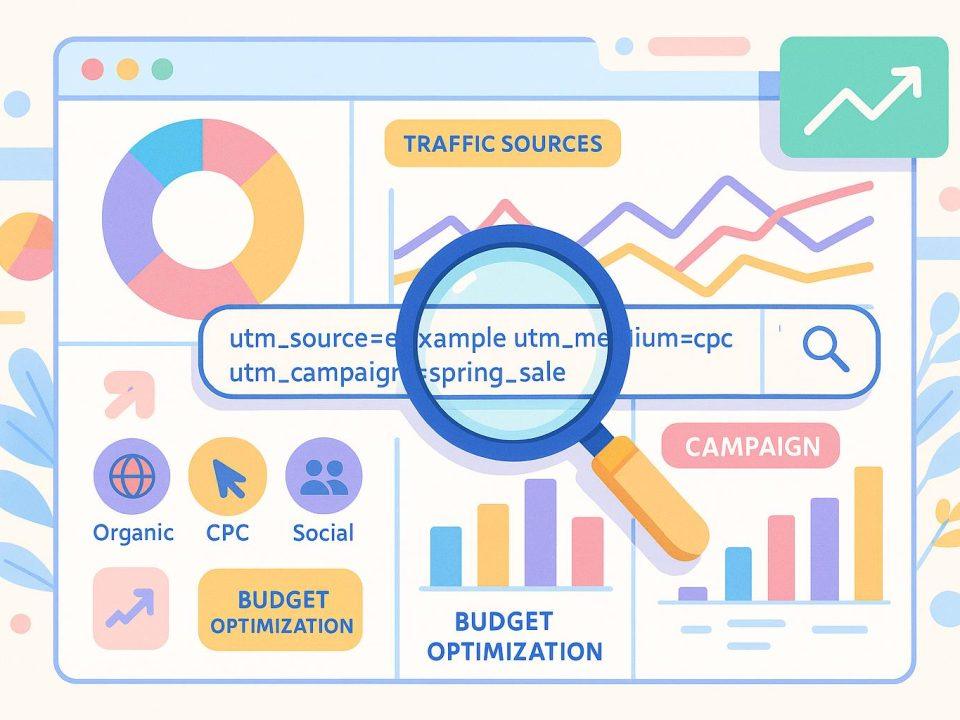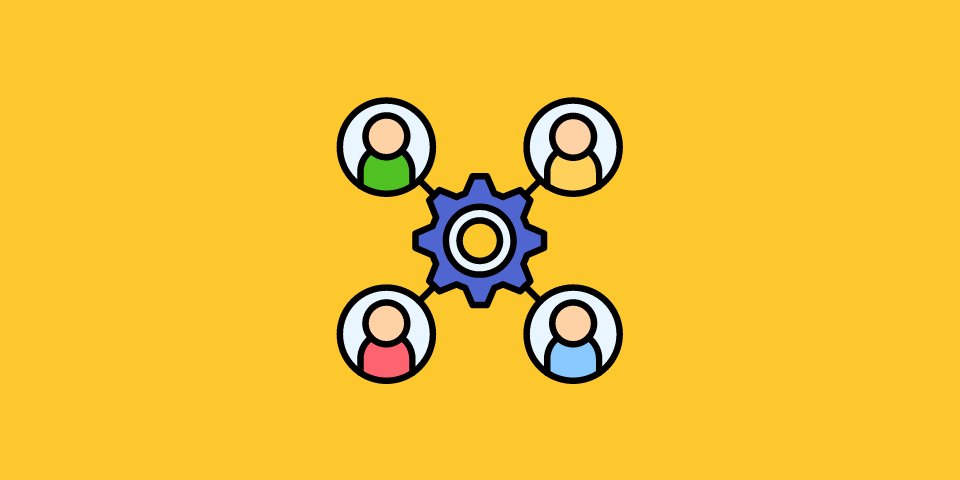Optimizing repurposed content for AI-driven search engines means making your content easy for AI search to read, understand, and rank. Here’s a quick summary of how to do it:
- Update Content: Fix outdated info, refresh statistics, update examples, and repair broken links.
- Match Buyer Stages: Tailor content to awareness, consideration, or decision stages for better engagement.
- Use Clear Structure: Add headers, schema markup, and simple layouts to improve readability and indexing.
- Add Related Keywords: Use variations, trending terms, and align keywords with user intent.
- Leverage AI Tools: Automate keyword insertion, structure improvements, and quality checks.
- Track Results: Measure keyword rankings, traffic growth, conversions, and SERP features.
5 Steps to Optimize Your Site for AI Search
Review Your Current Content
Take a close look at how your content is performing to identify which pieces could benefit from optimization for AI-driven search.
Find Top-Performing Posts
Look at your performance metrics to decide which posts are worth updating. Pay attention to:
- Keyword growth
- Phone call leads
- Form submissions
Once you’ve identified your best-performing content, refresh it to keep it relevant and engaging.
Fix Outdated Information
Keeping your content accurate and up-to-date is key to staying relevant in AI-powered searches. Here’s how:
- Data Updates: Replace outdated statistics (anything older than two years), update performance benchmarks, product details, pricing, and regulatory information.
- Example Refresh: Update case studies to reflect current practices and remove mentions of outdated tools.
- Link Maintenance: Fix or remove broken links to ensure a smooth user experience.
Match Content to Buyer Stages
Tailor your content to match the buyer’s journey. This helps AI understand its purpose and improves conversions:
| Buyer Stage | Content Focus | KPIs |
|---|---|---|
| Awareness | Educational material explaining key ideas | Keyword growth, page views |
| Consideration | Guides, comparisons, and detailed insights | Engagement metrics |
| Decision | Case studies, implementation details | Phone calls, form submissions |
Each piece of content should meet the specific needs of its target stage, making it easier for AI search engines to connect your content with the right queries.
Structure Content for AI Search
Organize your content with a clear hierarchy to help AI search engines understand how topics are related. A well-structured layout makes it easier for AI to interpret and index your content effectively, building on earlier strategies to update and refine your material.
Use Clear Headers and Tags
Stick to clear and consistent headers (H1 through H4) to create a logical structure. Tags and labels should support this hierarchy, making it easier to categorize your content accurately.
Add Schema Markup
Incorporate schema markup to define your content’s type and purpose. This extra layer of detail helps AI systems identify topic connections, improving how your content is indexed and ranked.
Opt for Simple, Readable Layouts
Present your content in an organized way with distinct sections. A clean and easy-to-read format not only makes it more engaging for your audience but also helps AI systems process and index your content more efficiently.
A clear structure ensures your pages are indexed quickly and accurately.
Add Related Keywords
Picking the right related keywords is key to optimizing repurposed content for AI-driven search engines. Using different word variations and trending phrases can help improve visibility.
Find Related Search Terms
Look for variations that AI links to your main topics. When researching related terms, focus on:
- Question variations: Find alternative ways users phrase their queries.
- Contextual terms: Use industry-specific language and common synonyms.
These steps help align your keywords with what users are searching for.
Match Keywords to User Goals
Your keyword strategy should match user intent, ensuring your content meets their needs while improving AI search performance. This creates a natural path for visitors to follow through their journey.
Set up a keyword hierarchy by:
- Organizing keywords based on search intent and content relevance.
- Considering the buyer stage: awareness, consideration, or decision.
Keep Keywords Current
Keep your keyword strategy up to date by:
- Tracking keyword rankings and adjusting for changing search trends.
- Refreshing content: Add newly relevant terms to existing pieces.
- Adapting to search patterns: Update for shifts in how users phrase their queries.
- Incorporating new topics: Include emerging ideas and terms relevant to your audience.
Use AI Tools for Optimization
AI tools simplify content repurposing, maintain quality, and help scale optimization efforts. Here’s how AI can handle repetitive tasks, ensure quality, and track performance effectively.
Speed Up Basic Tasks
AI can take over routine tasks, giving you more time to focus on strategy. Use it for:
- Keyword insertion: Seamlessly add relevant keywords into content.
- Content structure: Create headers and meta descriptions that align with SEO best practices.
- Format optimization: Adapt content into formats that are easy for search engines to process.
By automating these updates, you can keep your content optimized without constant manual effort.
Set Up Quality Checks
Ensure that AI-generated or optimized content meets your standards by implementing quality control processes. Here’s a breakdown of key areas to focus on:
| Quality Check Area | What to Verify |
|---|---|
| Content Accuracy | – Verify facts – Use updated statistics – Ensure industry terms are current |
| Brand Alignment | – Maintain consistent tone – Follow style guidelines – Tailor content to the target audience |
| Technical SEO | – Validate schema markup – Check header structure – Optimize internal linking |
These steps ensure your content is not only accurate but also aligned with your brand and SEO goals.
Measure AI Tool Results
Tracking metrics is crucial to understanding how well your AI tools are working. For example, case studies highlight impressive results: one client ranked 20+ keywords on page #1 within three months for a new site, another saw a 40% boost in organic traffic over the same period, and a third gained 11+ new SERP features [1].
Focus on these metrics:
- Keyword Performance: Monitor rankings for your target keywords.
- Traffic Growth: Keep an eye on increases in organic traffic.
- Conversion Impact: Assess changes in leads and conversions.
- SERP Features: Track featured snippets and other rich results.
Conclusion
To optimize repurposed content for AI-driven search, focus on combining technical precision with strategic keyword placement. This approach, supported by performance metrics [1], ensures your content is both user-friendly and AI-compatible.
Here’s a breakdown of the key focus areas:
Content Structure and Technical Elements
- Use clear headers and schema markup for better organization.
- Simplify formats to enhance user experience and AI readability.
- Maintain a logical content hierarchy.
Strategic Keyword Integration
- Incorporate related search terms to broaden reach.
- Align keywords with user intent for relevance.
- Regularly refine your keyword strategy to stay effective.
AI-Powered Optimization
- Leverage automated tools for optimization.
- Implement quality control processes to maintain standards.
- Track performance metrics to guide improvements.
“Content pillars create a conversion funnel for high-intent search engine traffic.” – RankWriters
This streamlined approach ensures AI algorithms can quickly analyze your content, connect related topics, and evaluate overall quality. By following these steps, you can enhance your content’s visibility and attract more high-intent traffic to your site.
FAQs
How can I tailor repurposed content to align with different stages of the buyer’s journey for better engagement?
To effectively match repurposed content to different buyer stages, start by understanding the three main stages of the buyer’s journey: awareness, consideration, and decision. Each stage requires a unique approach to meet the needs and intent of your audience.
- Awareness Stage: Focus on repurposing content that educates and informs, such as blog posts, infographics, or videos that address common problems or questions.
- Consideration Stage: Repurpose content into detailed guides, case studies, or comparison charts that help potential buyers evaluate their options.
- Decision Stage: Use testimonials, product demos, or special offers to reinforce trust and encourage conversion.
By aligning your content with the buyer’s journey, you can ensure it resonates with your audience, improves engagement, and drives meaningful results.
What AI tools can help improve content structure and optimize keyword usage?
RankWriters leverages advanced AI tools, including Natural Language Processing (NLP), a real-time research crawler for up-to-date Google insights, and sophisticated algorithms for keyword research, traffic analysis, and semantic optimization. These tools ensure your content is strategically structured and aligned with user intent, making it more effective for AI-driven search engines.
How can I ensure my AI-optimized content is accurate, high-quality, and aligned with my brand?
To maintain accuracy, quality, and brand alignment in AI-optimized content, focus on strategic planning rather than relying solely on AI-generated text. Start with thorough keyword research, including semantic keywords, to ensure your content meets user intent. Structure your content around clear, customized pillars that reflect your brand’s voice and values.
Additionally, use AI tools as a supportive resource rather than a replacement for human creativity. This ensures your content remains engaging, authentic, and compliant with search engine guidelines. By prioritizing these steps, you can create content that drives traffic, resonates with your audience, and strengthens your brand identity.







